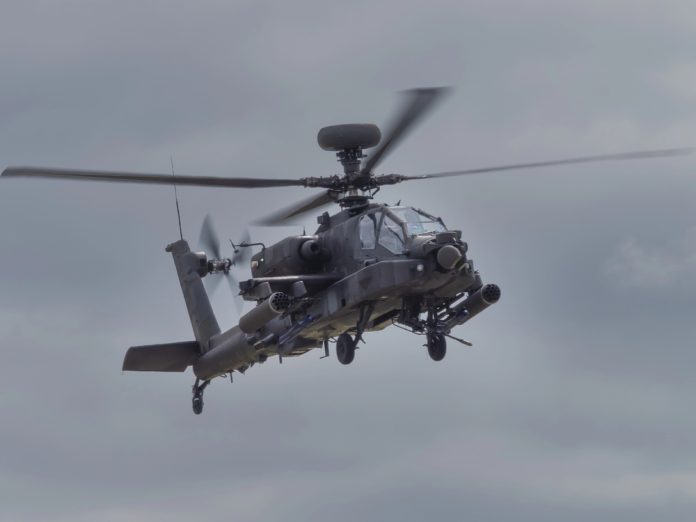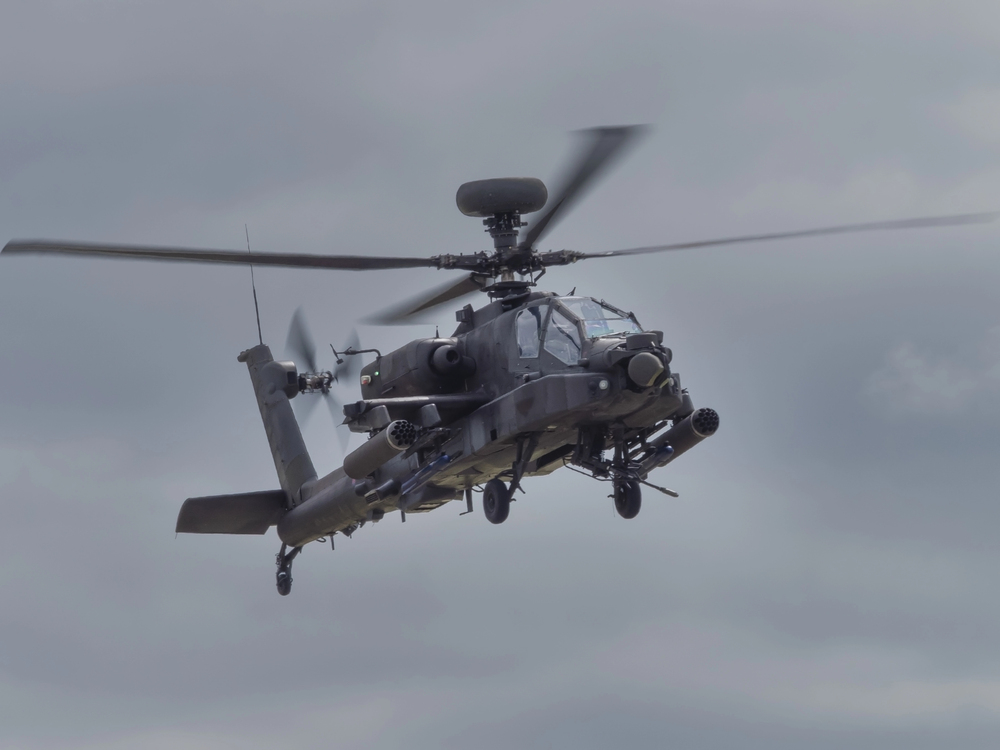
Is the age of the attack helicopter over? South Korea’s sudden rejection of a $3.5 billion deal for American Apache helicopters has thrown defense circles around the world into tumult, and the ripples will resonate well beyond the Korean Peninsula. This is not merely a procurement trend it’s a broad commentary on the nature of future war and what technologies will reign supreme on the battlefield.
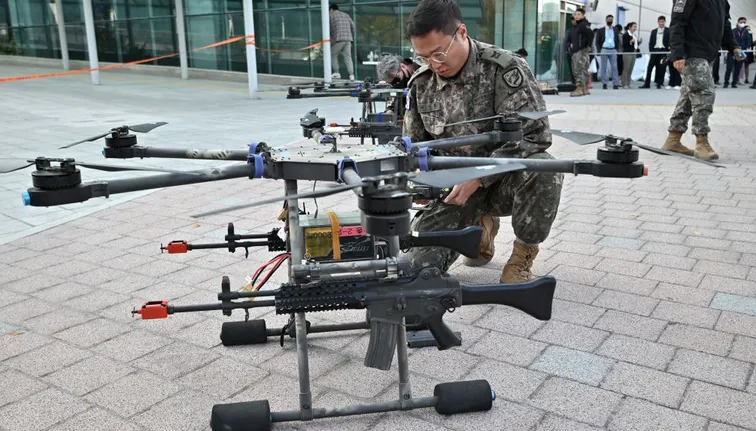
To defense planners and military tech enthusiasts, the shift is more than a line item in the budget. It is a sign that Seoul is rethinking its national security strategy, where inexpensive innovation, artificial intelligence, and drones are on the verge of upending the dominance of traditional platforms. Why did Seoul do it, and what does it say about the new character of war? The answers are as multifaceted as they are significant.
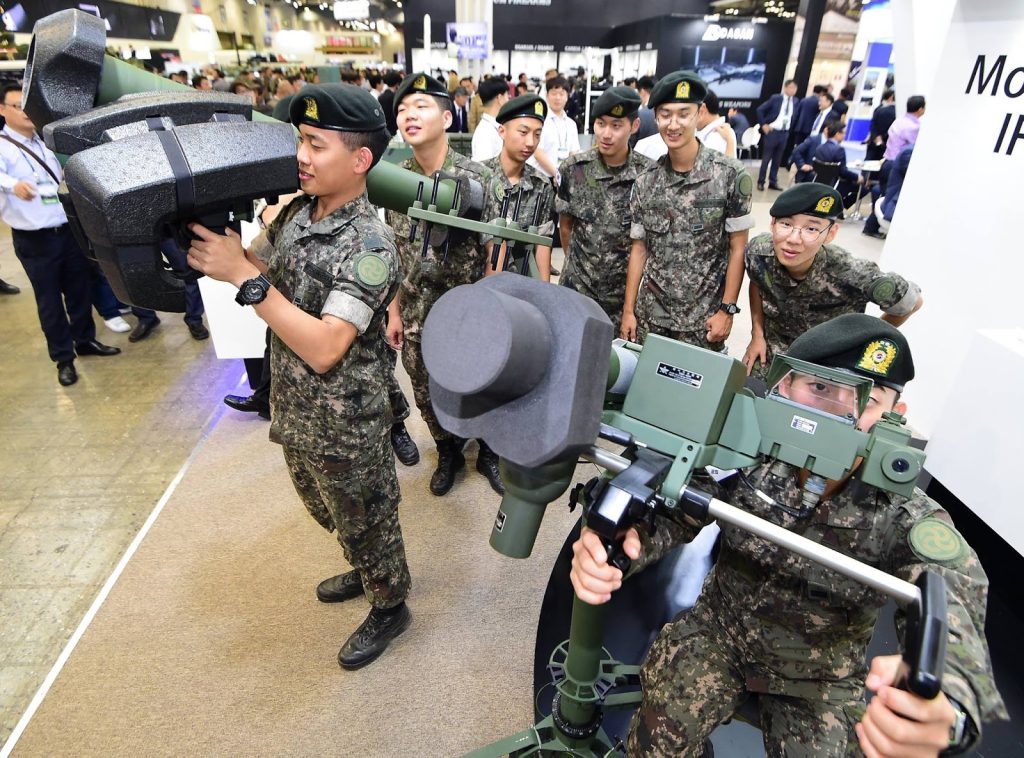
1. The Deal That Never Was: Why Korea Backed Away from the Apache
South Korea’s proposed purchase of 36 more AH-64E Apache helicopters one of the world’s most advanced attack aircraft was viewed as a natural extension of its current fleet. The roughly $3.5 billion agreement would have doubled the number of South Korea’s Apaches and allowed it to better counter potential regional threats. The National Assembly gutted almost all of the program’s funding in July 2025, however, redirecting it to other priorities.
The answer was not handed on a silver platter. As Rep. Yu Yong-weon states, “The reconsideration of Apache procurement is a positive step. We need to invest in drones and other cutting-edge systems.” The action is a reflection of the increasing realization that legacy platforms, though still lethal, perhaps are not the optimum return on investment in an age where threats are changing at light speed.
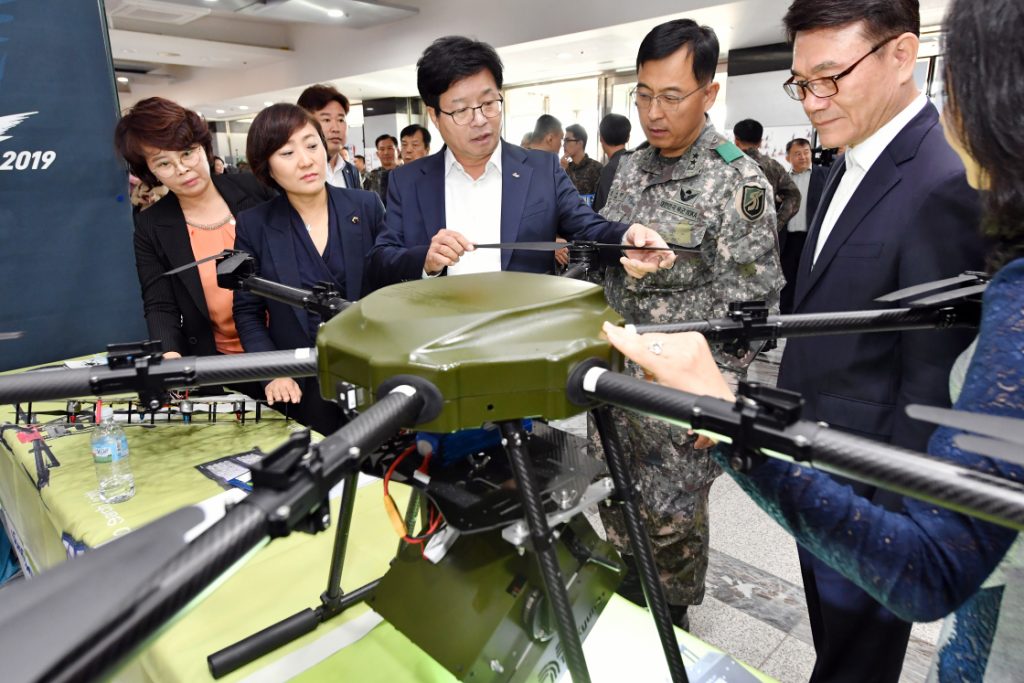
2. Budget Realities and Cost Overruns
The money math on the Apache purchase also dramatically changed in recent years. The price per AH-64E exploded by an estimated 66% since South Korea initially bought it, from approximately $31–35 million to some $52 million per chopper by 2025.Defense Acquisition Program Administration Minister Seok Jong Gun attributed the hike to inflation and technological improvement, such as expanded Longbow radar ability.
In addition to rising upkeep and maintenance expenses, legislators could no longer afford the justification of paying to support a collection of expensive, high-risk platforms. Instead, funds were diverted to spend on unmanned vehicles and AI development, a pragmatically sound solution to national defense.
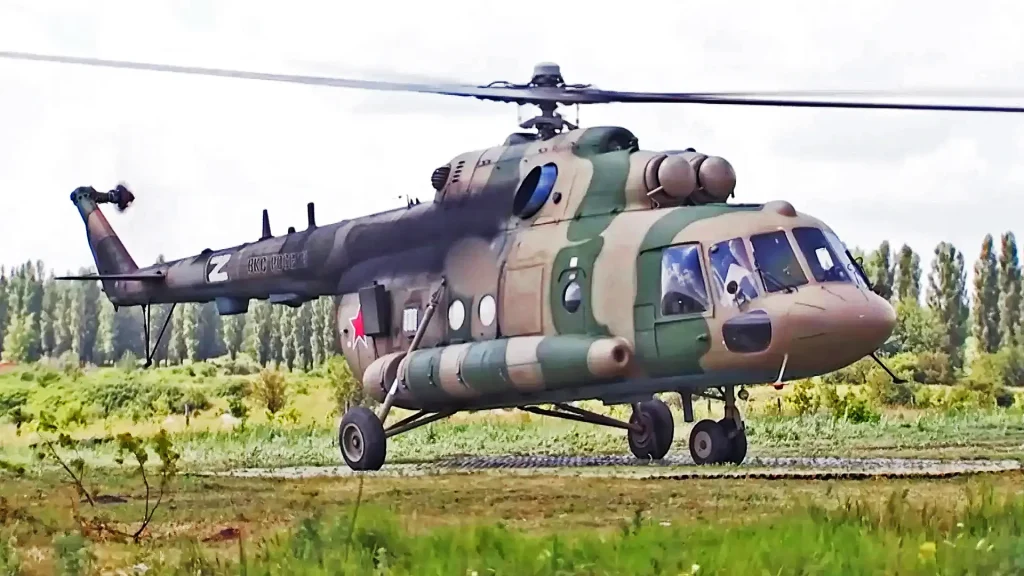
3. Ukraine Lessons: Helicopters on the Back Foot
The conflict in Ukraine has been a brutal testing ground for the latest military technology. Russian helicopter losses 42 shot down, 17 destroyed on the ground during the first year alone proved even advanced rotorcraft vulnerable to cheap drones and mobile air defense systems.
Rep. Yu Yong-weon firmly added, “Drones and smart systems are changing the face of modern battlefields. Instead of holding on to costly old platforms, we need to invest in future-warrior capabilities.” The lesson: maneuverability and survivability are more crucial now than brute power and tradition.
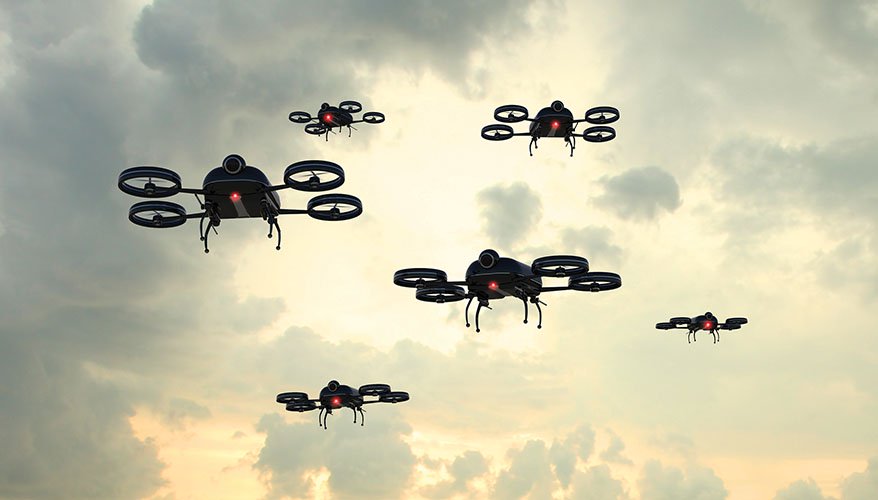
4. The Emergence of Drone Swarms and Autonomous Warfare
Unmanned systems are not extras they are fast becoming the center of military doctrine. AI- and machine learning-powered drone swarms are affordable, scalable, and survivable platforms compared to manned flight. Sweden’s 2025 program, for instance, allows as many as 100 drones to be remotely flown by troops at the same time, between reconnaissance, defense, and strike missions in real time.
The Pentagon’s Replicator project will send out thousands of unmanned drones in August 2025, marking a new world trend towards unmanned, AI-based operations. Swarming drones will be able to overwhelm conventional defenses at a fraction of the cost, completely redefining the cost-benefit calculus of the military planner.
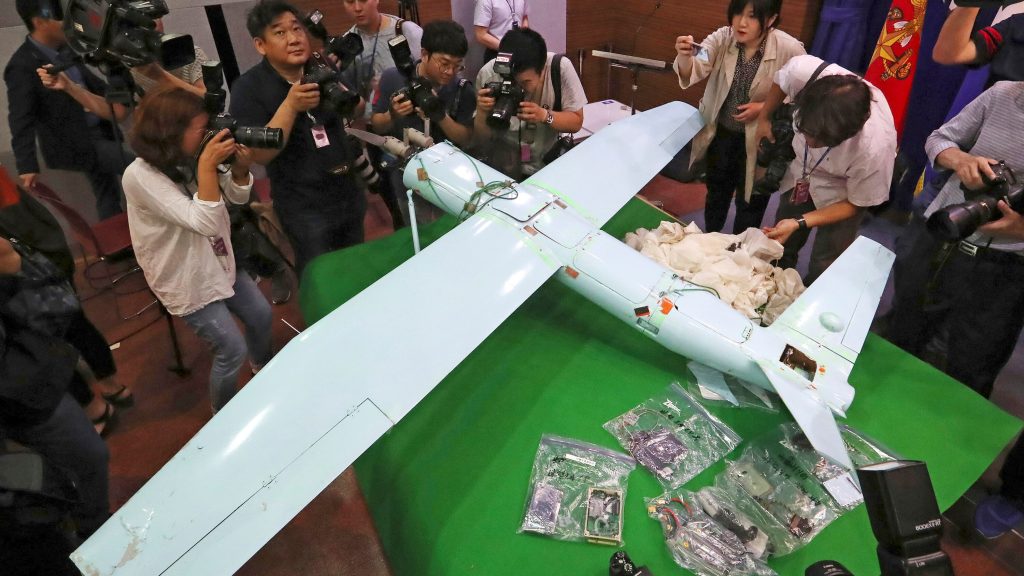
5. Regional Security and the Ripple Effect
The South Korean shift from Apaches is not merely a matter of national concern. The shift is being made against the backdrop of increased tensions with North Korea, which has already prompted the establishment of a specific Drone Operations Command following the incursion into the south by its drone.
Also, friends and foes closely observe the transition. The U.S. Defense Department has commissioned its own conversion of manned helicopter units into drone swarms, and Japan, Australia, and European countries are re-examining procurement strategies. South Korea’s move could establish a precedent for a wholesale overhaul of global military theory.
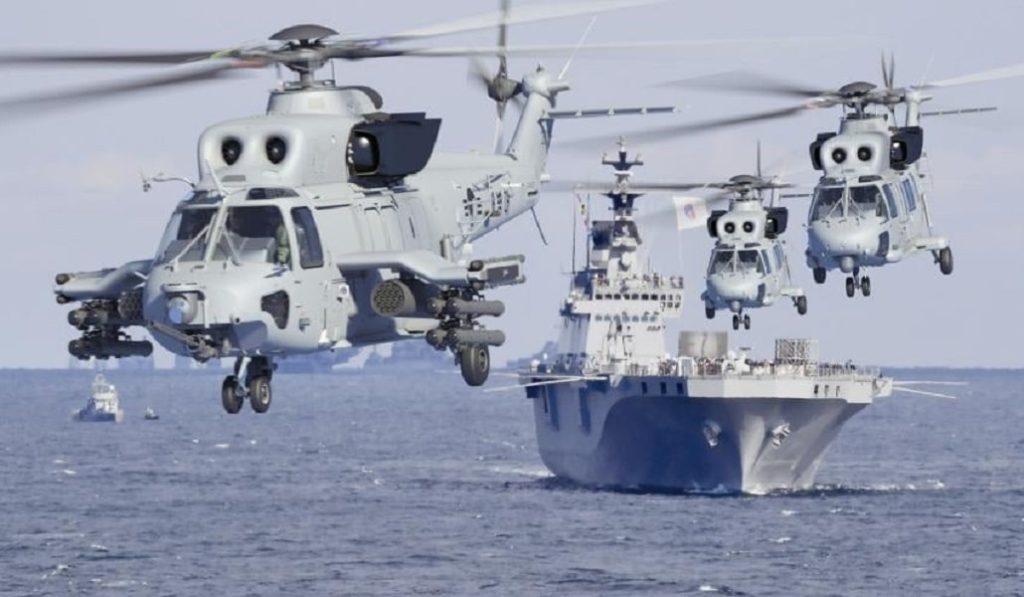
6. Not the End of Helicopters But a New Role
Not at all. South Korea is not giving up helicopters entirely. Locally produced platforms such as the Marine Attack Helicopter and Light Armed Helicopter, both manufactured by Korea Aerospace Industries, will still have a place albeit a smaller and less expensive one.
Boeing executives proclaim no drone is capable of what an Apache can do in some mission profiles, and cite the need for crewed-uncrewed teaming. The future will likely be hybrid with helicopters and drones operating together, playing to the strengths of one and covering for the other’s weaknesses.
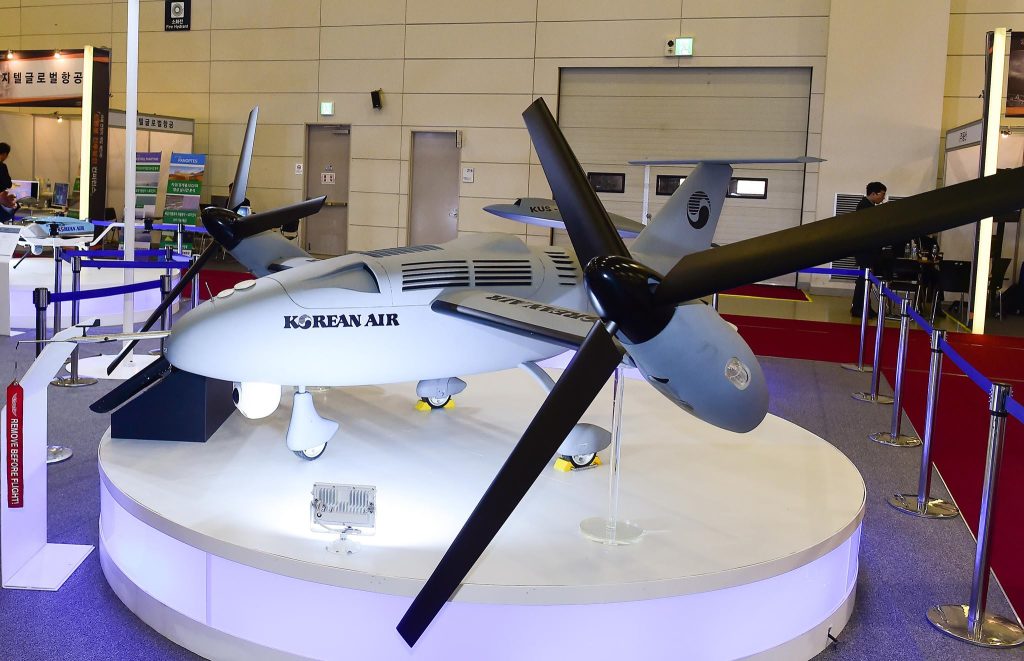
7. The Strategic Bet: Autonomy, AI, and the Future of War
By investing billions in autonomous and AI-based systems, South Korea is placing a bet of stakes on the technologies that will characterize the next generation of war. It is not merely about the hardware, but it is about being technology-independent and staying relevant in the fast-changing security landscape.
U.S. Army Lt. Gen. Joseph Ryan admitted, “Even the latest upgrades to the AH-64E. are similarly on the edge of being capabilities where we don’t necessarily see them contributing to the fight the way they might have in the past.” The next few years will prove if this bet pays off and which militaries are nimble enough to evolve.
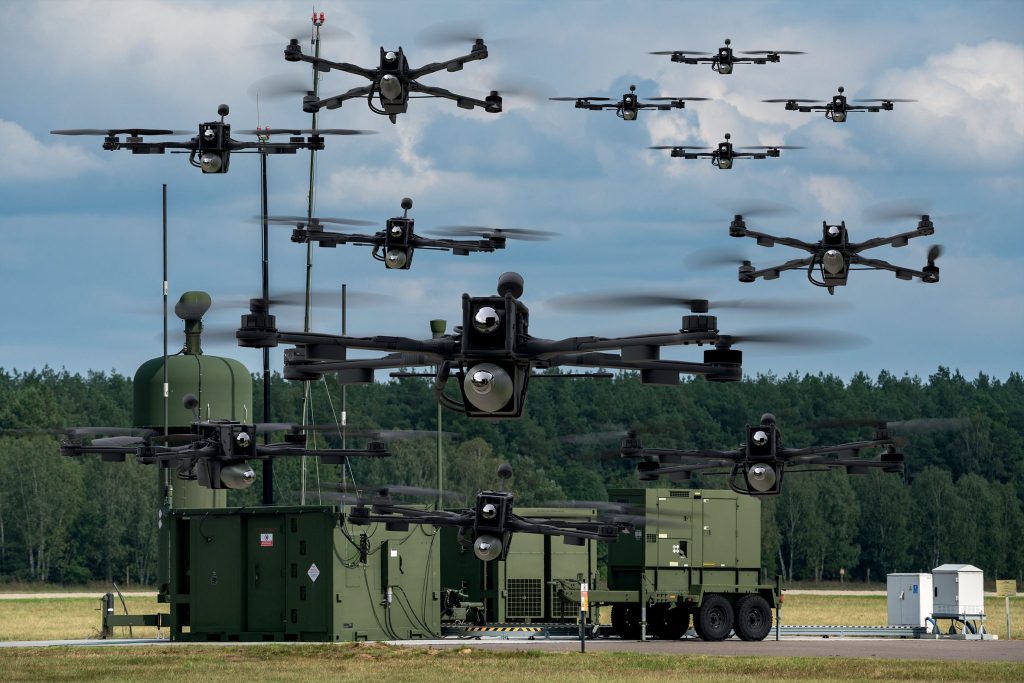
South Korea’s cancellation of the Apache purchase is just a procurement aside but a glimpse of the military future. By adopting drones, AI, and new operational paradigms, Seoul is redefining the long-standing assumptions of what wins wars. For defense experts and technocrats, the news is clear: the era of high-cost, vulnerable legacy systems is behind us, and the era of autonomous, adaptive systems has begun.
